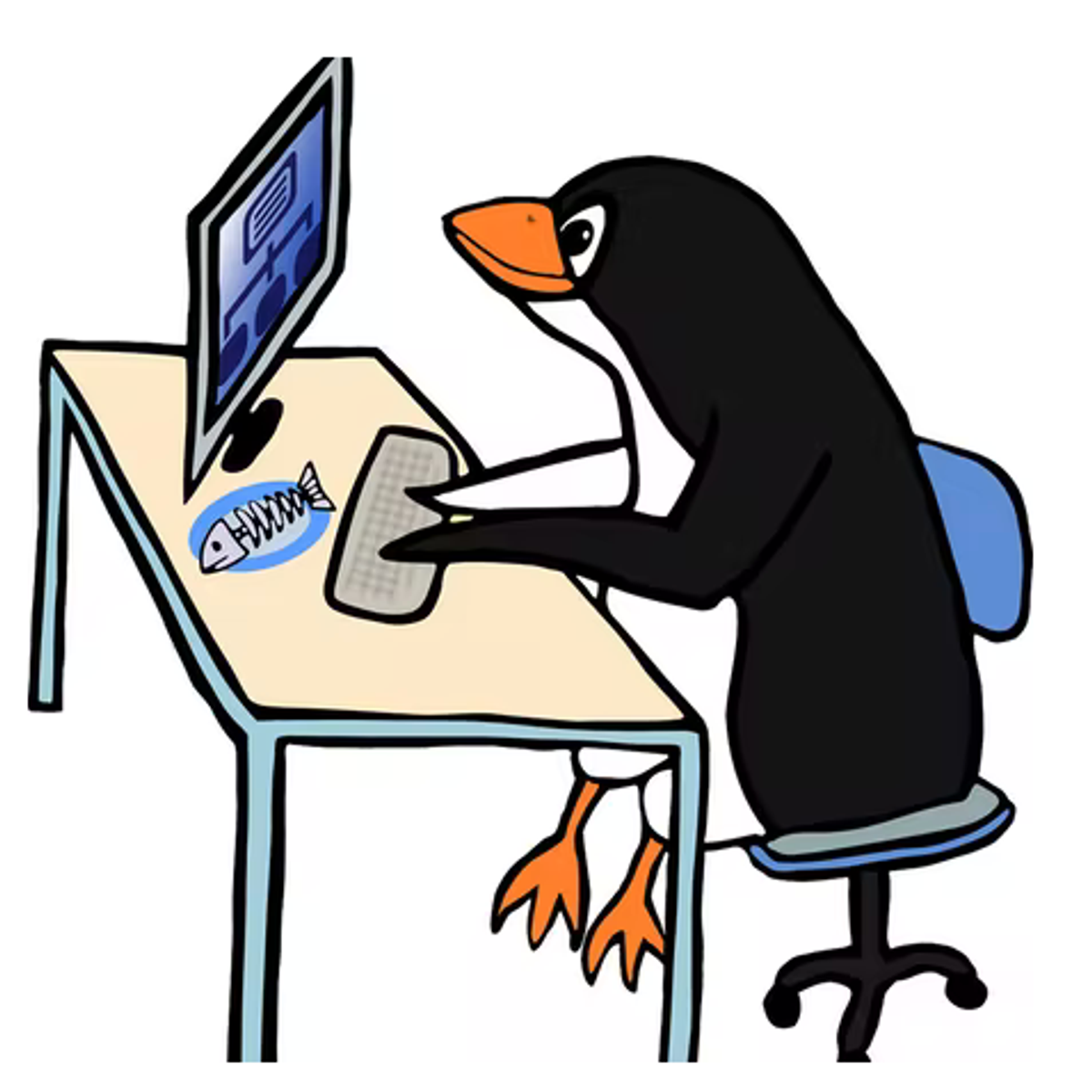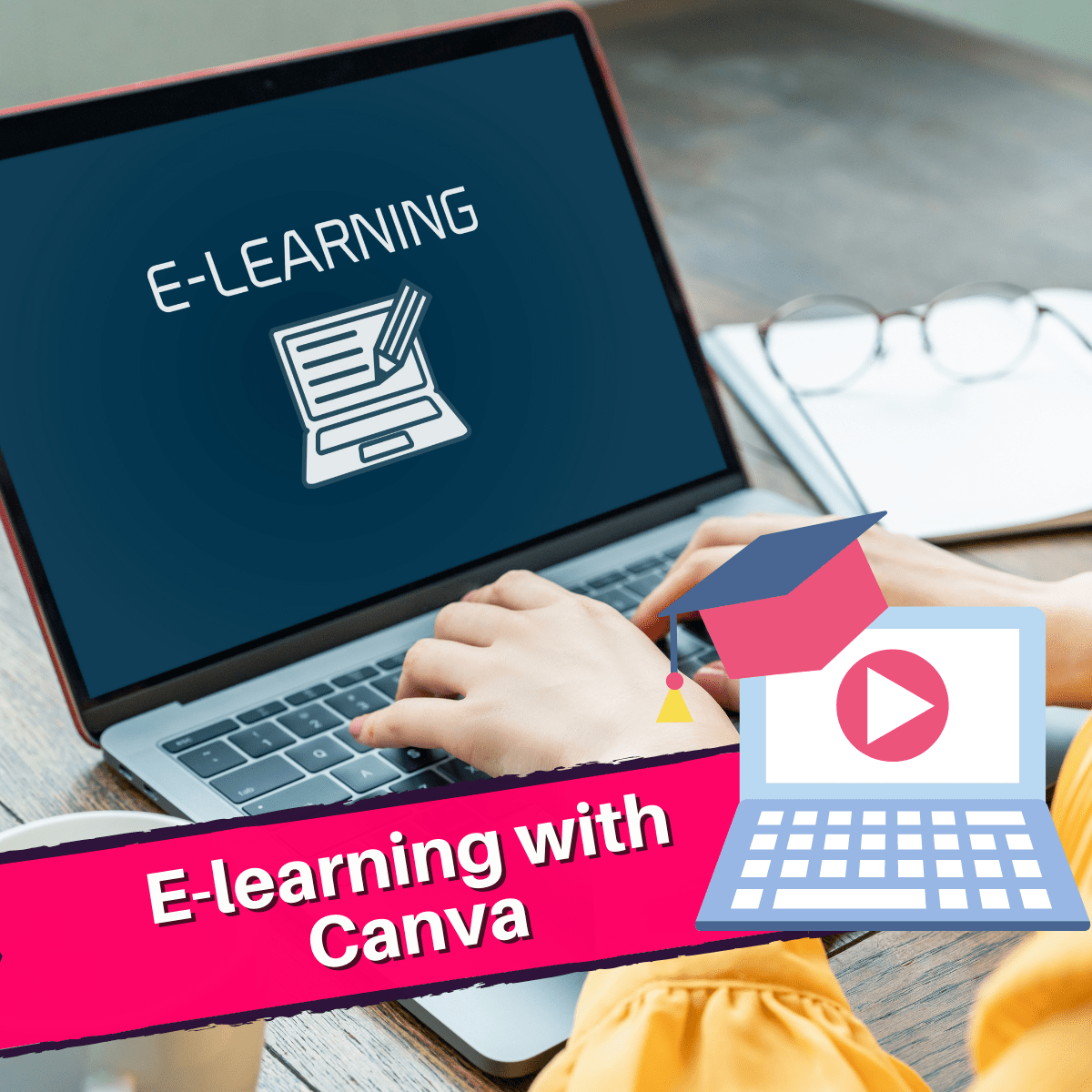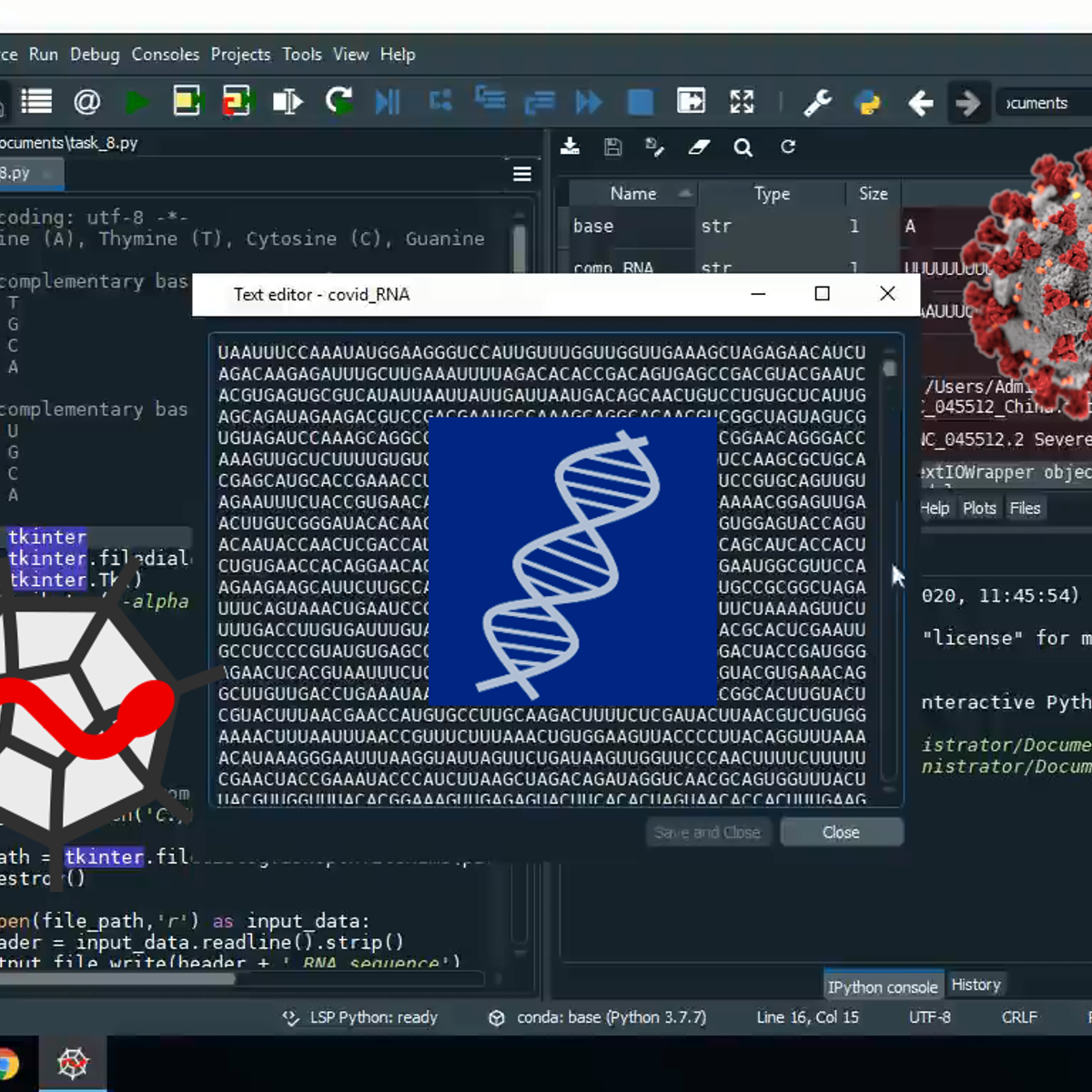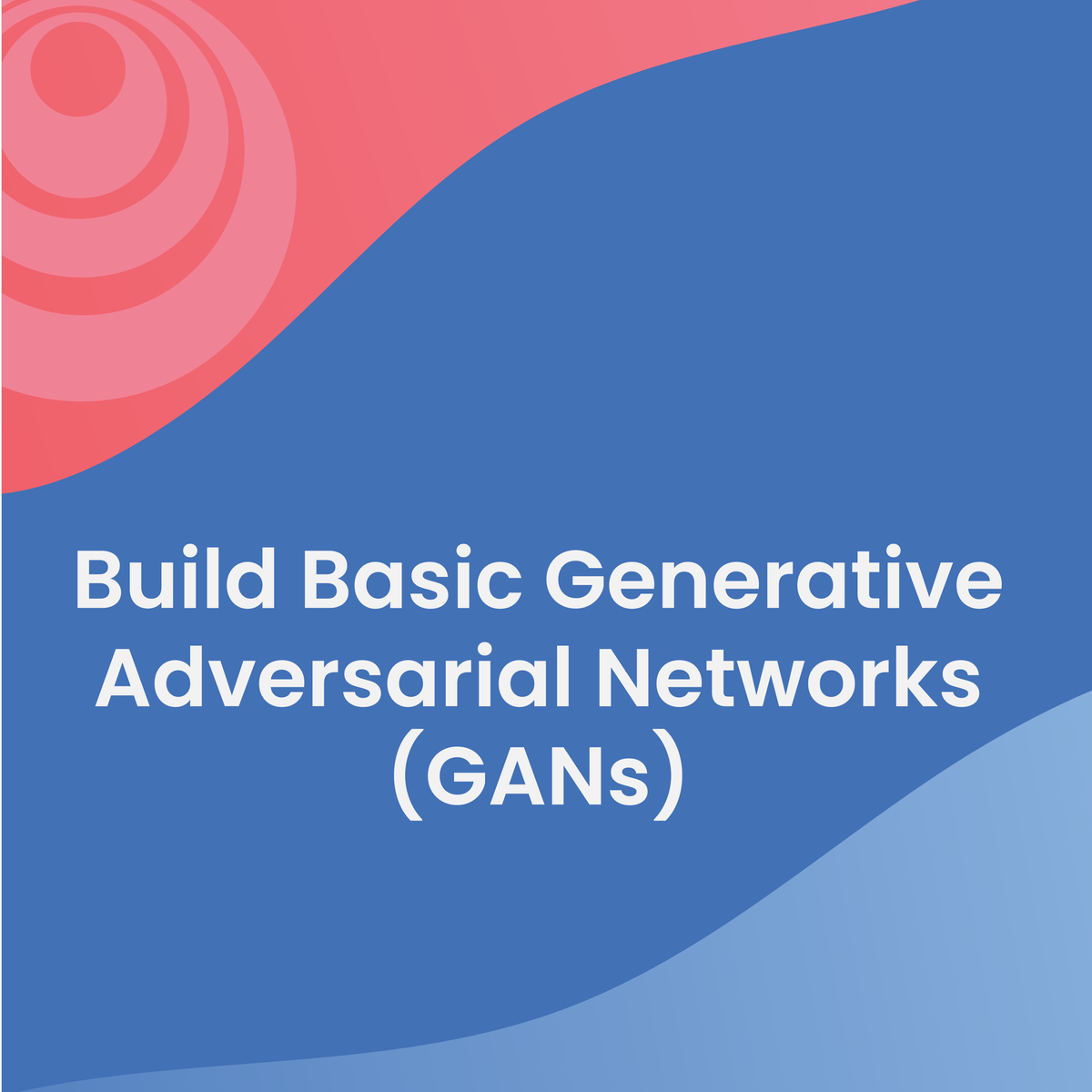Back to Courses









Computer Science Courses - Page 84
Showing results 831-840 of 2309

Calling APIs with React
By the end of this project, you will review the HTPP request and response using cURL and perform API calls using several different approaches in a React application.
As a react developer, it is useful to be aware of the various options for consuming an API in React, both from the standpoint of understanding legacy code and developing new code.

Create e-learning content with Canva for your students
At the end of this project, you will be able to create e-learning content for your students with Canva's features for educators. You will be able to create several educational content with Canva for free.
Canva is a multi-functional platform that will make it easier for you to create graphic designs. With this project, you will be able to use a new Canva program that allows teachers to create, publish, and share teaching models on Canva with your students.
This project is for educators and teachers, who would like to use Canva to create educational content for their students.

Create Your First Python Program From UST
Welcome to this Guided Project on Creating Your First Python Program, From UST.
For more than 20 years, UST has worked side by side with the world’s best companies to make a real impact through transformation. Powered by technology, inspired by people and led by their purpose, they partner with clients from design to operation.
With this Guided Project from UST, you can quickly build in-demand job skills and expand your career opportunities in the Computer Science field by learning the foundational elements of the Python programming language and its basic syntax.
Python is a computer programming language often used to build websites and software, automate tasks, and conduct data analysis. Python is a general purpose language, meaning it can be used to create a variety of different programs and isn’t specialized for any specific problems. This versatility, along with its beginner-friendliness, has made it one of the most-used programming languages today.
Through hands-on, practical experience, you will be guided through concepts that Python Programmers use every day to perform their job duties, like using the Terminal and a Text Editor.
Together, we will explore how to use variables, create functions, lists and conditional statements, as well as utilize For and While loops. You will then apply the concepts to create your first command line application which will manage a To-Do List.
This project is great for learners who are looking to get started with Python programming, and do not have any prior programming experience. By the end of this Guided Project, you should feel more confident about working with the Python language, understanding what it is used for, and have confirmed your skills by creating your own to-do list, which can be used for showing an employer or making your routine daily tasks more efficient through automation.
Ready to become a Programmer? Start learning Python today!

Reverse and complement nucleic acid sequences (DNA, RNA) using Python
In this 1-hour long project-based course, you will learn the basic building blocks in the Python language and how to Develop a Python program that constructs reverse, complement, and reverse-complement nucleic acid sequences (DNA, RNA). Also, you will make your code read a file that has a long DNA sequence and deal with one of the complete genomes for the novel coronavirus.

Build Basic Generative Adversarial Networks (GANs)
In this course, you will:
- Learn about GANs and their applications
- Understand the intuition behind the fundamental components of GANs
- Explore and implement multiple GAN architectures
- Build conditional GANs capable of generating examples from determined categories
The DeepLearning.AI Generative Adversarial Networks (GANs) Specialization provides an exciting introduction to image generation with GANs, charting a path from foundational concepts to advanced techniques through an easy-to-understand approach. It also covers social implications, including bias in ML and the ways to detect it, privacy preservation, and more.
Build a comprehensive knowledge base and gain hands-on experience in GANs. Train your own model using PyTorch, use it to create images, and evaluate a variety of advanced GANs.
This Specialization provides an accessible pathway for all levels of learners looking to break into the GANs space or apply GANs to their own projects, even without prior familiarity with advanced math and machine learning research.

Trees and Graphs: Basics
Basic algorithms on tree data structures, binary search trees, self-balancing trees, graph data structures and basic traversal algorithms on graphs. This course also covers advanced topics such as kd-trees for spatial data and algorithms for spatial data.
Trees and Graphs: Basics can be taken for academic credit as part of CU Boulder’s Master of Science in Data Science (MS-DS) degree offered on the Coursera platform. The MS-DS is an interdisciplinary degree that brings together faculty from CU Boulder’s departments of Applied Mathematics, Computer Science, Information Science, and others. With performance-based admissions and no application process, the MS-DS is ideal for individuals with a broad range of undergraduate education and/or professional experience in computer science, information science, mathematics, and statistics. Learn more about the MS-DS program at https://www.coursera.org/degrees/master-of-science-data-science-boulder.

Advanced iOS Development
Develop a working knowledge of different approaches to designing and building data-rich, interactive applications for the iOS platform.
By the end of this course, you’ll be able to:
-Compare methodologies for organizing and architecting Swift applications and their implications on code quality
-Identify and follow the lifecycle events from source of generation to methods of response
-Review and apply different types of SwiftUI interactivity from user input handling to gestures
You’ll gain experience with the following tools and software:
-Mobile app development tools and software
-MVC and MVVM
-SwiftUI app development features
Practicing for the SAS Programming Certification Exam
In this course you have the opportunity to use the skills you acquired in the two SAS programming courses to solve realistic problems. This course is also designed to give you a thorough review of SAS programming concepts so you are prepared to take the SAS Certified Specialist: Base Programming Using SAS 9.4 Exam.

Getting Started with Version Control in RStudio
Welcome to this project-based course Getting Started with Version Control in RStudio. In this 2 hour-long project, you will learn how to perform version control in RStudio.
By the end of this 2-hour long project, you will understand how to create R projects, link new R projects with Git and GitHub, link existing R projects with Git and GitHub from the R interface. You will also learn about R markdowns, their use and how to create them.
This course aims at learners looking to get started using the R programming language for version control. There are no hard prerequisites, and any competent computer user or anyone with a basic hang of R should complete the project successfully.

Generate an Opportunity Solution Tree in Miro
By the end of this project, you will be able to create an opportunity solution tree to outline how your team will reach a desired outcome.
To do this, you will gain hands-on experience framing decisions, aligning a team to a shared understanding, and charting the path toward the preferred outcome in the Miro online visual collaboration platform for teamwork.
Note: This course works best for learners who are based in the North America region. We’re currently working on providing the same experience in other regions.
